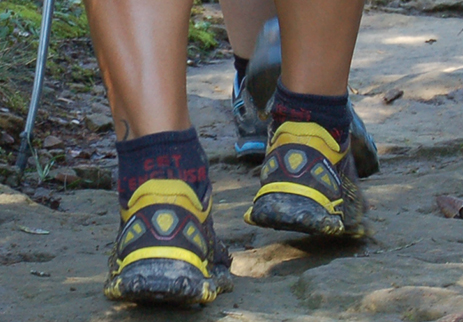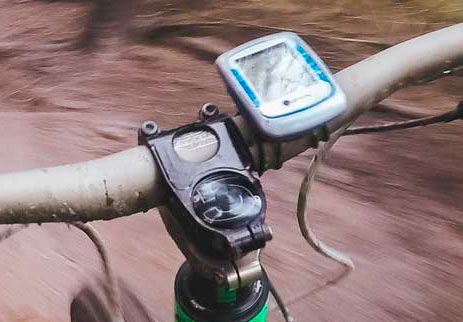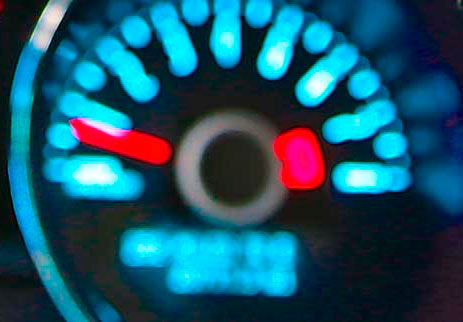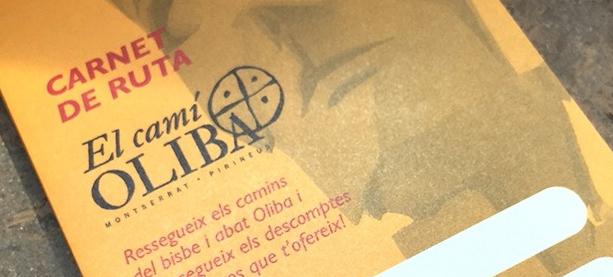The point-to-point hikers’ stamp card
Travel the paths of Bishop Abad Oliba and benefit from all the advantages of this card.
Guide of Good Practices in the Oliba Trail
Join us to do the Oliba Trail in a sustainable and respectful way. We are waiting for you!
The Oliba trail is a waymarked long-distance footpath that takes you through the counties of El Bages, Osona and El Ripollès with the common thread of this extraordinary man called Oliba who was a count and then first Abbot and then Bishop in the 13th century.
Of all the different tendencies and styles of art and architecture to the present day, the most widespread, without a doubt, is the Romanesque style. The counties of El Bages, Osona and El Ripollès are trustworthy witnesses to this vast heritage. Most of the villages and towns along the way have a church or building in this style. Romanesque art is therefore what unites and gives sense to this initiative.
Romanesque art is the integrating factor of Central Catalonia and gives shape both to the historic strive to repopulate and present need of rebalancing the landscape, as well as the added appreciation of what this land has to offer: its food, traditions and the resulting hospitality services and establishments that welcome the hiker to inside Catalonia.
The Oliba trail is essentially an outdoor museum. It is the combination of art, culture and history peppered with an outstanding heritage of villages and towns.
The path
The route was planned to be accessible for the majority of visitors and for this reason, two routes are proposed. The main one goes past more villages and the stretches are shorter and more services are offered. In a determined part of the main route a variant stretch is proposed for more experimental hikers and it goes through beautiful landscapes.
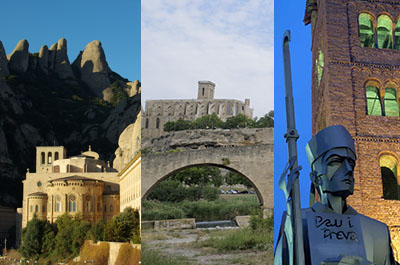
STAGE 1:
MONASTERY OF MONTSERRAT – MANRESA – VIC
85,14 km / 1791 m positive /2.051 m negative / 5 stretches
Coincides with Sant Jaume path and is planned in five half day stages (consult the map). Manresa welcome is exceptional with the Old Bridge, Sant Ignasi Cave and Basilica of Seu. It continues to Navarcles after passing the monastery of Sant Benet de Bages. Crosses the vineyard of Pla de Bages till Artés and the monastery of Santa Maria de l’Estany; and arrives at Vic, a city that has a medieval structure and preserves several witnesses of that era: the bell tower of the cathedral, Queralt Bridge and Moncada castle ruins, an interesting example of civil Romanesque built around a Roman temple.
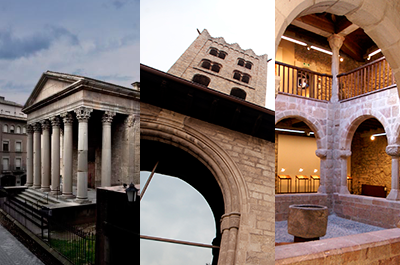
STAGE 2
VIC – RIPOLL – SANT JOAN DE LES ABADESSES
115,2 km / 5,011 m positive / negative 4,701 m / 10 stretches
It is the longest and the most demanding stretch of the Route of Oliba which is divided into 10 half day stages. It crosses Folgueroles, the town of Verdaguer, before reaching the emblematic monastery of Sant Pere de Casserres. It continuous to the monasteries of Santa Maria de Ripoll and Sant Joan de les Abadesses along a mid-mountain itinerary with much unevenness but with spectacular views: Collsacabra, Montseny, Sau Reservoir, Guilleries Montesquiu Castle, cliffs of Tavertet and an endless list.
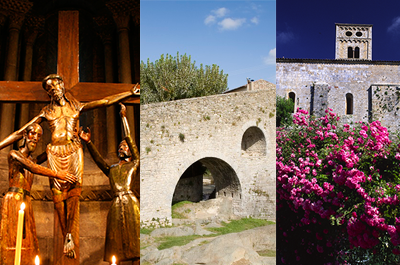
STAGE 3
SANT JOAN DE LES ABADESSES – LES BASSES DE PUIG SEC
39.19 km / 1,912 m positive / negative 1,042 m / 3 stretches
Conceived in three half day stages this stretch passes through Camprodon and Mollo and reaches the ponds of Puig Sec, a gift of nature to the viewpoint of Canigó on the border with France. It is planned to extend the Route of Oliba for about 50 km to the monastery of Sant Miquel de Cuixà and later to Toluges (where Oliba celebrated the first assembly of Peace and Truce).
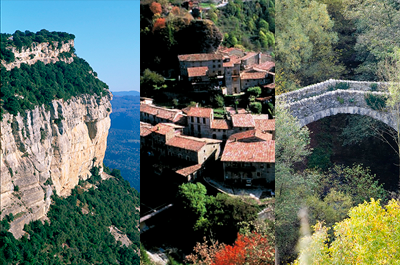
VARIANT STRETCH GR-151.1
TAVERTET (CONNECTS TO GR-151) – SANT JOAN DE LES ABADESSES
53,89 km / 1,870 m positive / negative 1,970 m / 3 stretches
It is a more attainable alternative to the second stretch from Tavertet. From Rupit, one of the most beautiful villages in the country, it sets off from Vidrà passing through Coll de Bracons, goes towards Vallfogona del Ripollès and crosses with the main road (GR151) in Sant Joan de les Abadesses.


